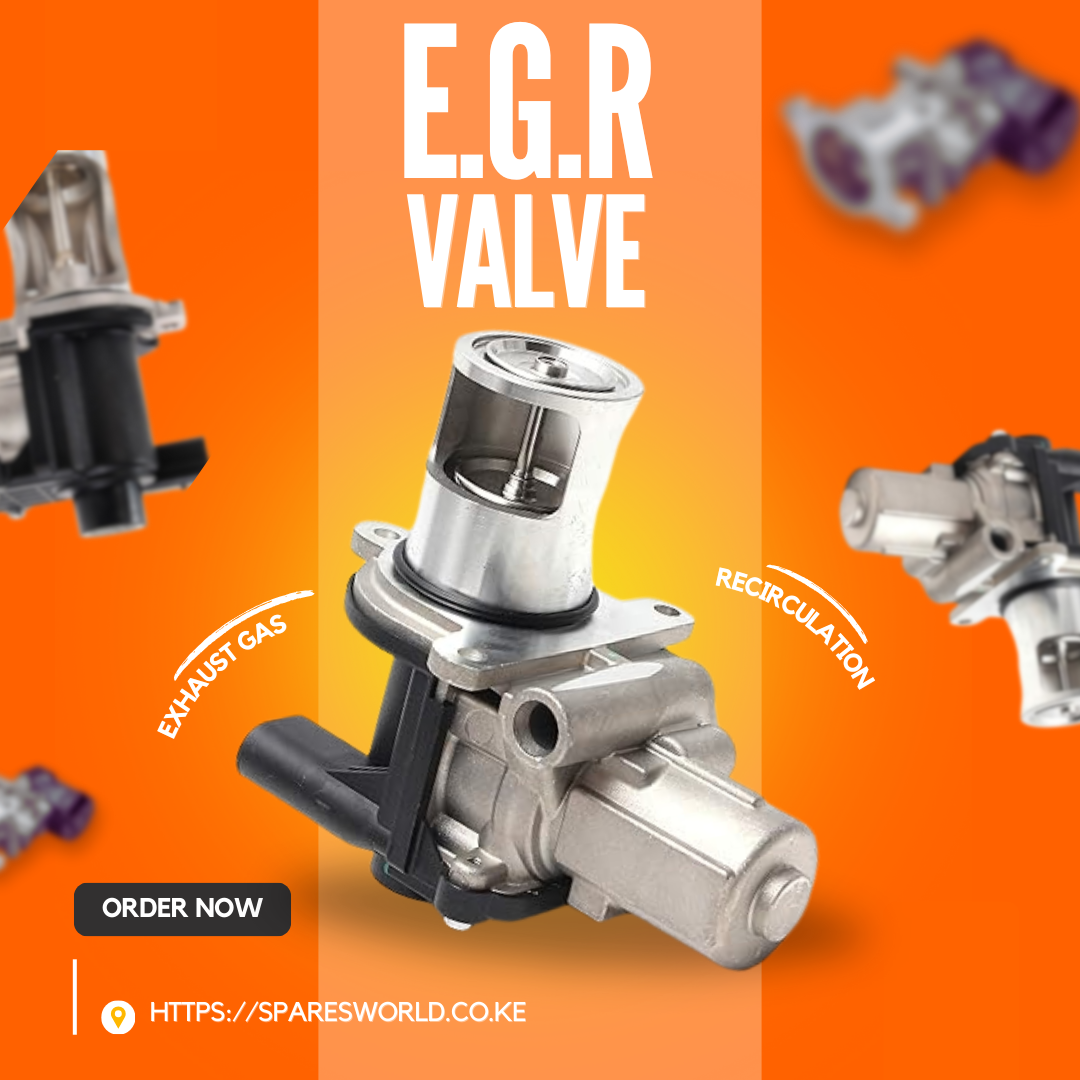How EGR Systems Can Improve Fuel Efficiency

Discover how integrating Exhaust Gas Recirculation (EGR) systems can revolutionize fuel efficiency in your vehicle, reducing emissions and saving you money.
Understanding Exhaust Gas Recirculation (EGR) and Its Role in Modern Engines
Exhaust Gas Recirculation (EGR) is a crucial technology in modern internal combustion engines designed to reduce nitrogen oxide (NOx) emissions and improve fuel efficiency. By recirculating a portion of the engine's exhaust gas back into the intake manifold, EGR systems lower the combustion temperature, which in turn reduces the formation of NOx.
EGR systems have evolved significantly over the years, becoming more efficient and reliable. They are now a standard feature in many diesel and gasoline engines, contributing to cleaner emissions and better overall engine performance.
The Science Behind EGR: Reducing NOx Emissions and Improving Engine Efficiency
The primary function of an EGR system is to reduce NOx emissions, which are harmful pollutants formed when nitrogen and oxygen react at high temperatures during combustion. By introducing exhaust gas into the combustion chamber, the EGR system lowers the peak combustion temperature, thus reducing the amount of NOx produced.
Additionally, EGR can enhance engine efficiency by reducing the pumping losses during the intake stroke. This is because the recirculated exhaust gases take up space in the combustion chamber, allowing the engine to work less hard to draw in fresh air. This can result in improved fuel economy and a smoother running engine.
Comparative Analysis: Vehicles With and Without EGR Systems
Comparing vehicles with and without EGR systems reveals notable differences in performance, emissions, and fuel efficiency. Vehicles equipped with EGR systems generally produce fewer NOx emissions, making them more environmentally friendly and compliant with stringent emission standards.
In terms of fuel efficiency, engines with EGR systems often demonstrate better fuel economy due to reduced pumping losses and optimized combustion processes. However, the performance gains can vary depending on the specific engine design and the efficiency of the EGR system itself.
Maintenance Tips for EGR Systems to Sustain Peak Performance
Regular maintenance of the EGR system is essential to ensure it operates efficiently and effectively. Common maintenance tasks include cleaning the EGR valve and passages, checking for leaks, and ensuring that the system's sensors and actuators are functioning correctly.
Periodic inspections and timely repairs can prevent common issues such as carbon buildup, which can clog the EGR valve and reduce its effectiveness. Keeping the EGR system in good condition not only helps maintain fuel efficiency but also ensures that the vehicle continues to meet emission standards.
Future Trends in EGR Technology and Environmental Impact
The future of EGR technology looks promising, with ongoing advancements aimed at further reducing emissions and improving engine efficiency. Innovations such as advanced EGR coolers, variable geometry EGR valves, and integrated EGR systems are expected to enhance performance and reliability.
As environmental regulations become more stringent, the role of EGR systems in reducing harmful emissions will continue to grow. By integrating cutting-edge technologies and improving system designs, the automotive industry can achieve cleaner and more efficient engines, contributing to a healthier environment.

 Loading..
Loading..